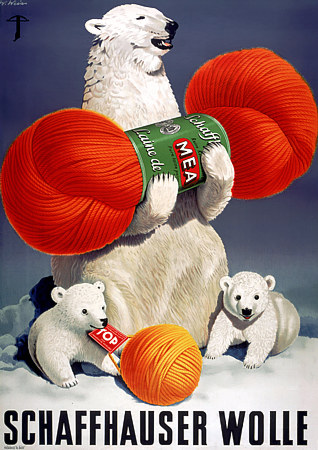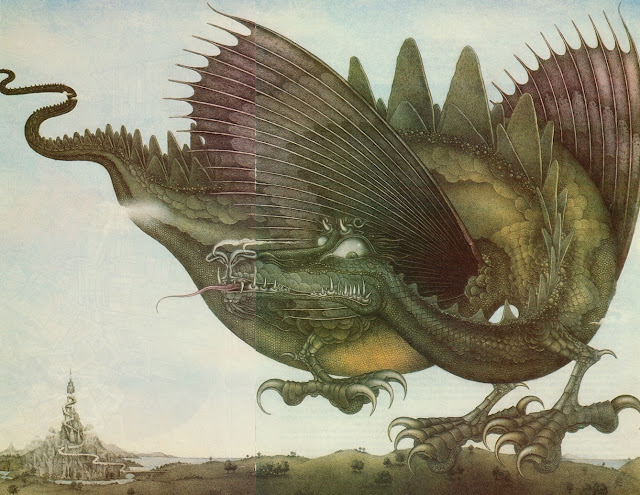First lovely days of Spring-like weather in Firenze, while I am finally emerging from an intense period of
super-busy work schedule. Let's celebrate with some great Eastern European folk-inspired art,
a subject that I love and that has been absent too long on Animalarium!
The Hungarian artist Jozsef Domján was born in Budapest in 1907, the oldest of 12 children
in a poor family, which he supported by working in a machine foundry when still a teenager.
Being unemployed during the Depression, he toured Italy, France, Switzerland, Austria and Germany
by foot, supporting himself by working odd jobs and selling his sketches, and decided to become an artist.
After his return to Hungary he won a scholarship to study at the Budapest Academy of Arts,
and six years later became a member of the faculty.
Domján was very interested in woodcuts, and developed a unique colorful style that soon gained
him international fame and important prizes. Unfortunately in 1945 a bomb destroyed his studio
and many of his artworks, and the violent repression of the 1956 Hungarian upraising led him
to leave his homeland and emigrate with his family to Switzerland. A year later
they moved to the United States, and eventually settled in New York.
The inspiration for Domján's intricate woodcuts is clearly rooted in Hungarian folk art
and in his love of nature. His complex technique used overprinted layers of oil colors,
sometimes as many as 21, and eight different wood-blocks for each image
to obtain a deep, vibrant color range and rich three dimensional texture.
In 1970 disaster struck again, and Domján's studio and home were destroyed by a fire, along with
2 million dollars worth of artworks. Rather than getting discouraged, the artist elected the phoenix
as his emblem and artistic subject, and declared "I can die or live, I choose to live,
to create, to rise like the phoenix bird from the ashes once more."
Now recognized as one of the most important color woodcut artists of
the 20th century, his production also includes a wealth of black and white
woodcut prints, oil paintings and Aubusson tapestries.
He also illustrated 40 books, which I'd love to take a look at! Domján died at 85.
Hungary, and are part of numerous major public and private collections.
For more art inspired by the great Magyar folk tradition, check out







.jpeg)
.jpeg)


















































